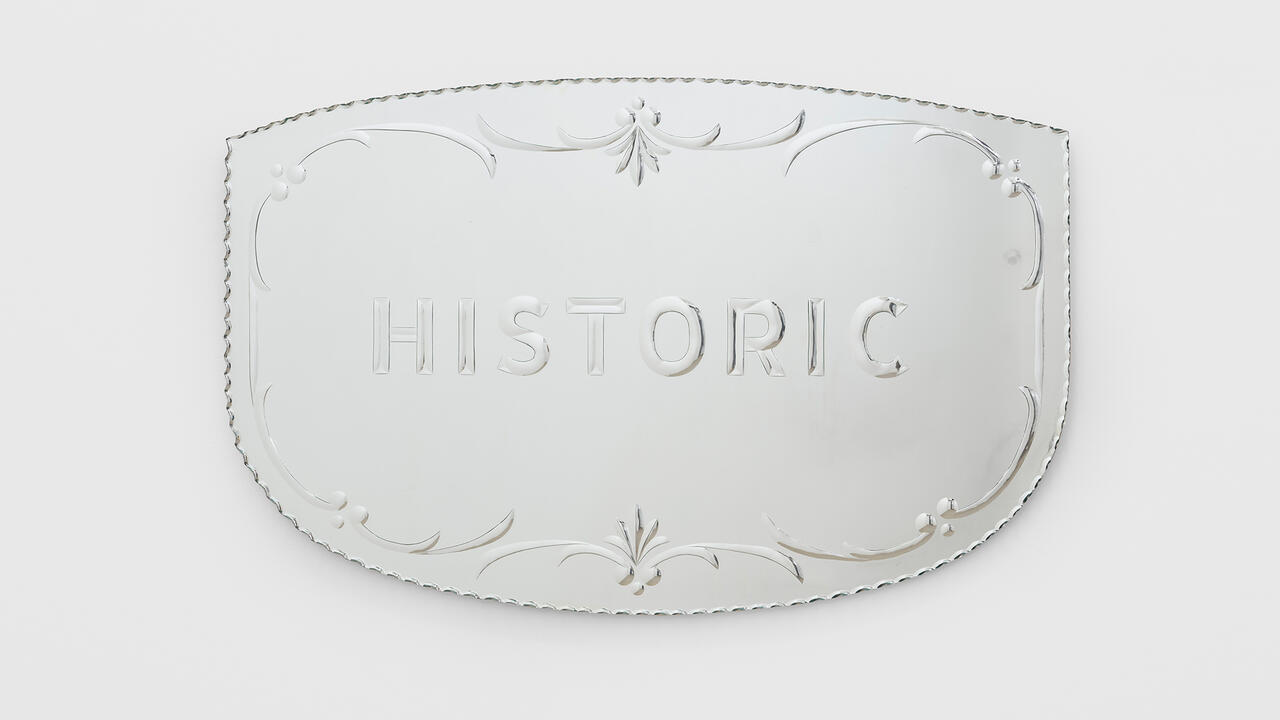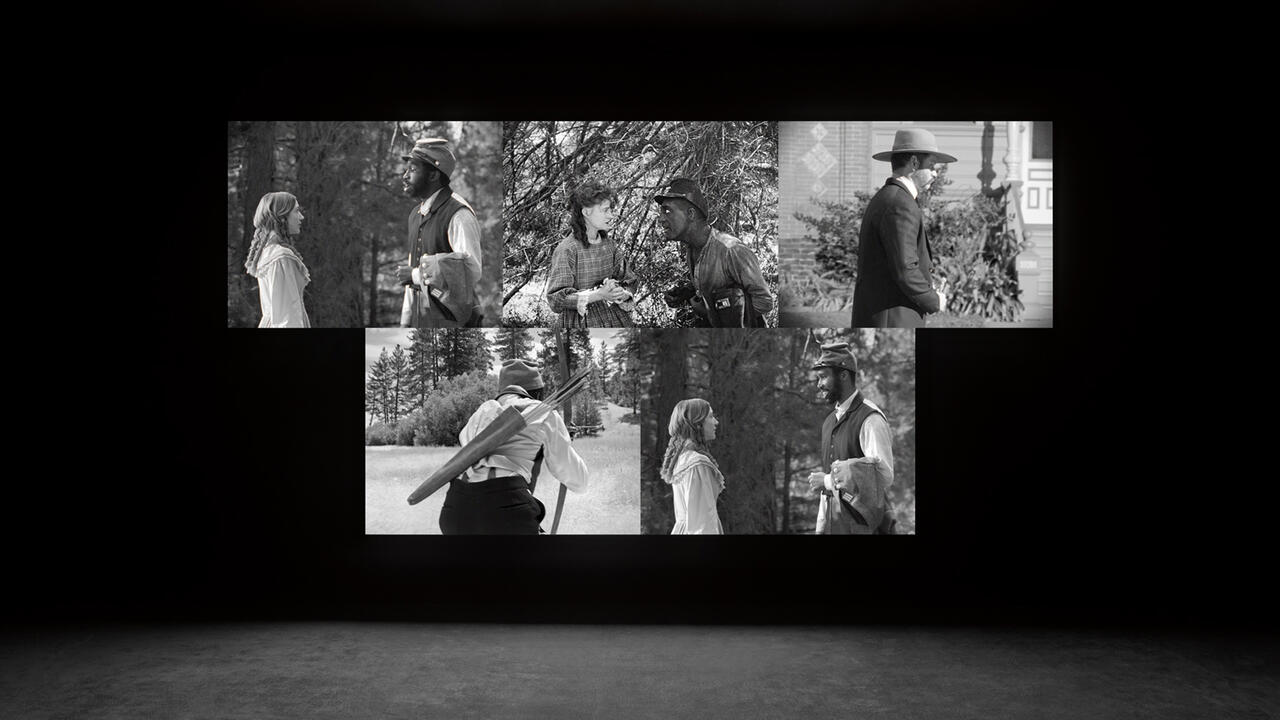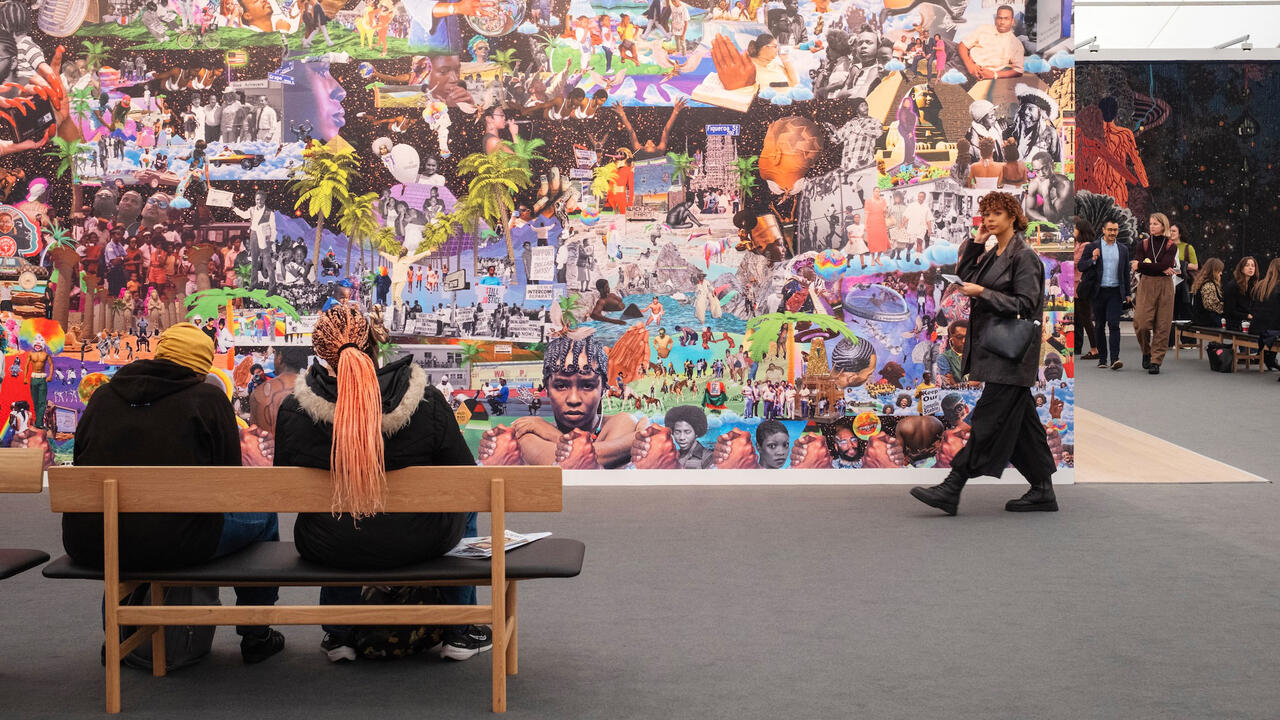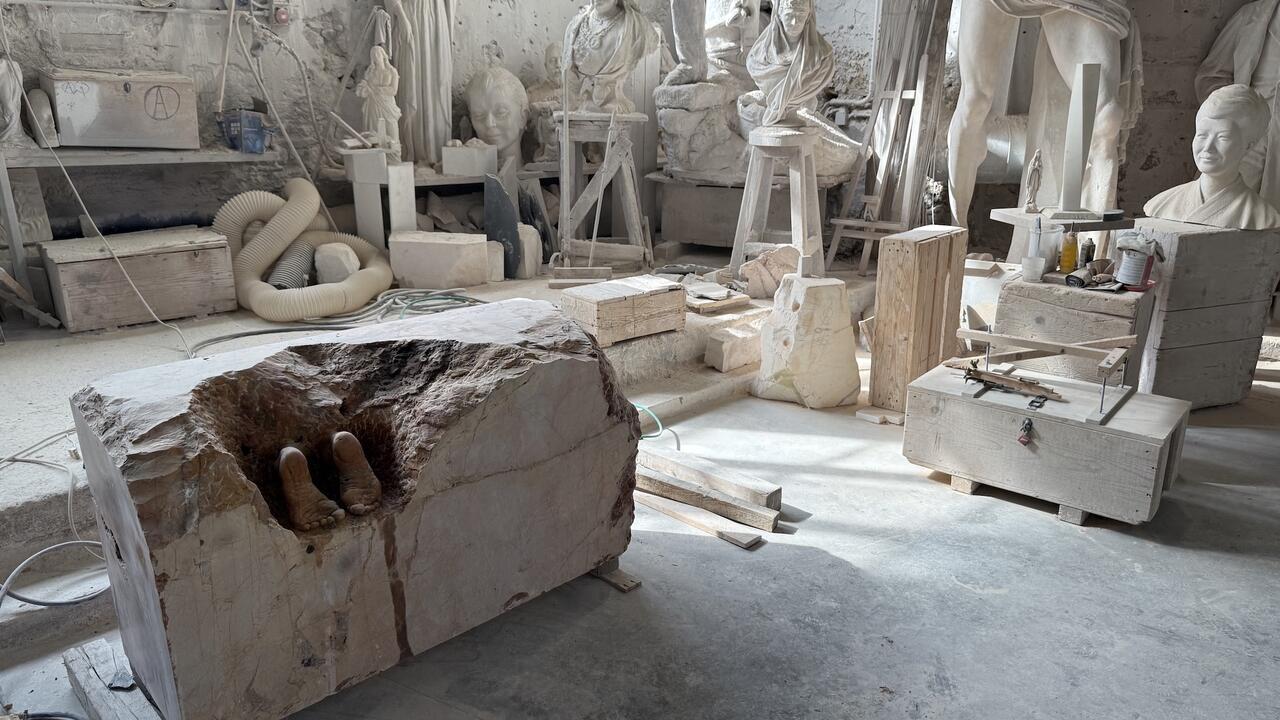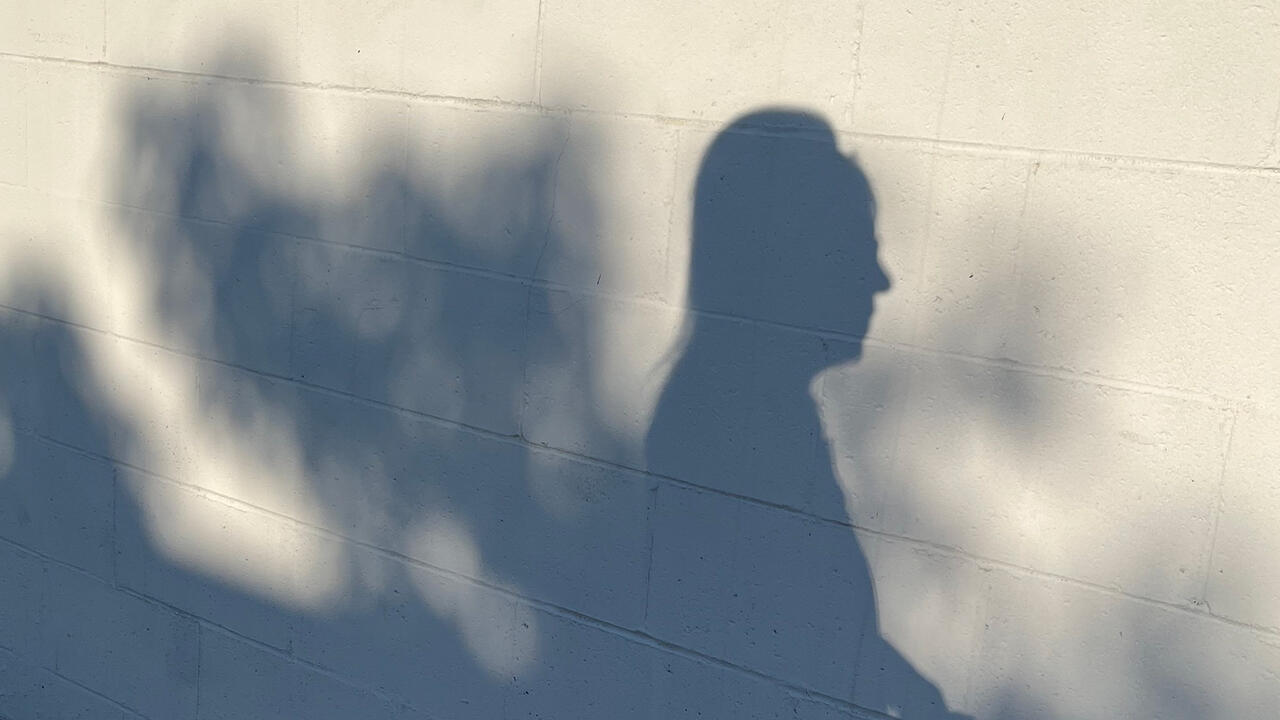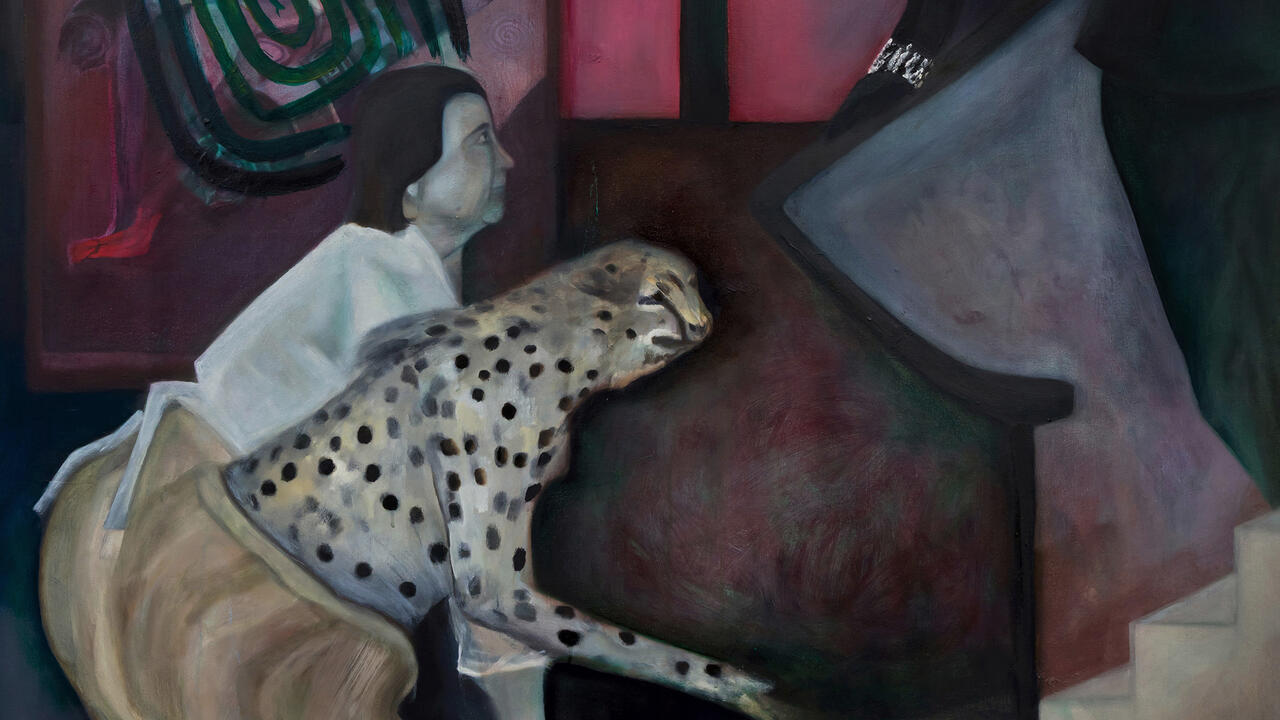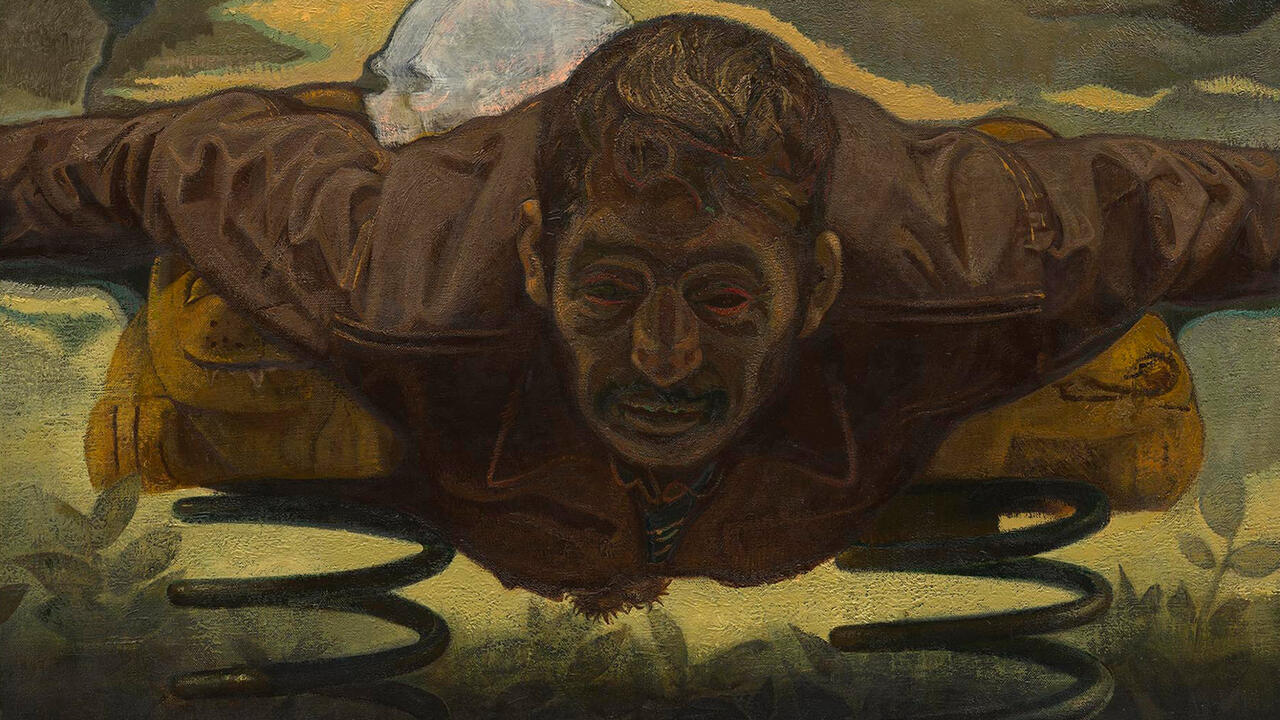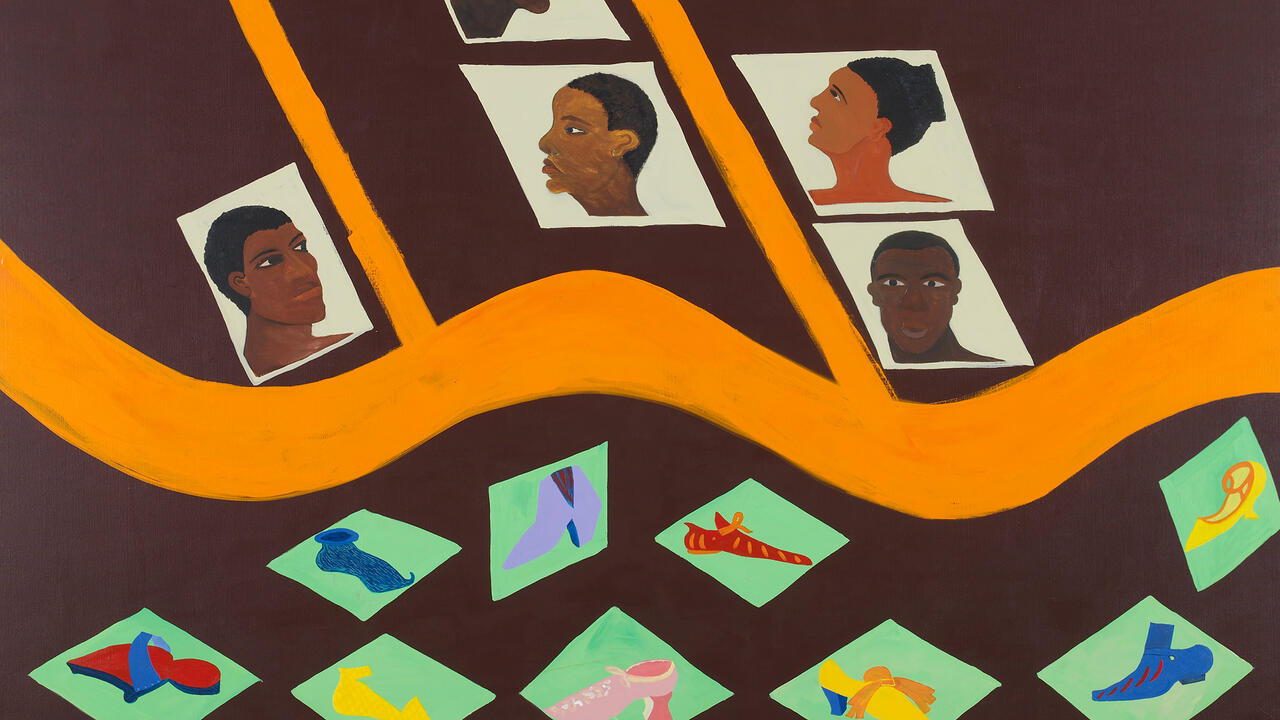Jaki Irvine
Frith Street Gallery, London, UK
Frith Street Gallery, London, UK

Can art upend official histories? The brief answer, I think, is: Yes, if you care to look and listen. The reply becomes trickier when considering Jaki Irvine’s If the Ground Should Open (2016), which revisits the 1916 Easter Rising in Ireland 100 years after the fact. The multi-monitor and sound installation draws visitors’ attention to a group of female revolutionaries, including Elizabeth O’Farrell and Julia Grenan, who have routinely been occluded from masculinist histories of Irish independence. Commissioned by the Irish Museum of Modern Art in Dublin, the piece was shown there last year in a series of interconnected rooms; reworked for Frith Street Gallery in a single space, the installation is an immersive sonic experience posing broad questions of how history can be revisited.

I have long admired Irvine’s clever use of video and sound to create disquieting, fragmentary narratives of love and loss. At Frith Street, the result is affecting and eerie: an array of monitors sits on top of flight cases, each displaying a different black and white film of female musicians playing instruments (drums, bagpipes, double bass) or singing plangent, if largely indecipherable, phrases. To score the work, Irvine used the Scottish canntaireachd system: a compositional strategy used to build chant-like vocalizations and bagpipe music. The resulting sounds, while seemingly abstract, are based on the sonic qualities of the female insurgents’ names – split open into elongated vowels and consonants that lap and wash the gallery.

If the Ground Should Open is partly developed from Irvine’s 2013 novel, Days of Surrender, which imaginatively reconstructs the experiences of women in the uprising. Pages of the novel are included in the exhibition, with names highlighted – Aoife de Búrca, Dr Kathleen Lynn, Maggie Skinnider – for use in the musical score. The themes of inclusion and exclusion are also explored in Days of Surrender, notably the inclusion as a frontispiece of a blurred archival photograph of Pádraic Pearse, the revolutionary leader, surrendering to British soldiers. What the photograph barely reveals is another figure, obscured by his profile: Elizabeth O’Farrell, who had accompanied Pearse to meet the enemy. She is, quite literally, ‘hidden from history’, to invoke Sheila Rowbotham’s famous phrase.

Irvine’s book and installation give voice to these revolutionary women: the performers are stand-ins for the heroines that they invoke, like a contemporary revolutionary cadre who brandish instruments rather than guns. The continuing need for struggle in the present day is made clear in the installation: the monitors intermittently play texts excerpted from taped conversations of Anglo-Irish bankers following the 2008 financial crisis, which roll across the screen like courtroom evidence. The underhand actions of today’s bankers, which Irvine considers close to treason for their role in destabilizing states, stands in stark contrast to the militant nationalism of 1916.
Beyond the Irish context, Irvine’s installation feels particularly relevant to the current turbulent global political climate. While contemporary art has often, somewhat lazily, asserted the relativity of all truths, today this could
be interpreted as a right-wing stance. Irvine sidesteps the problem by shoring-up historical fact with subjective experience. Her work suggests that history and memory, voice and written record, need not be opposites; they
can together help build a more subtle account of the past for the needs of the present.










